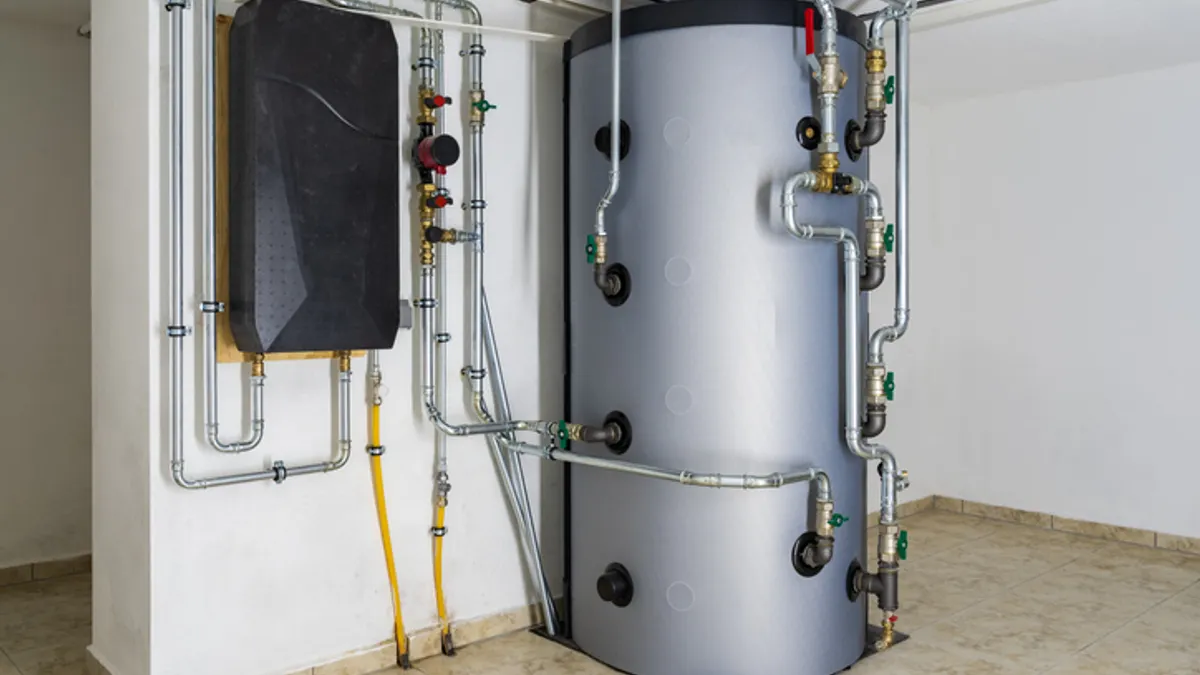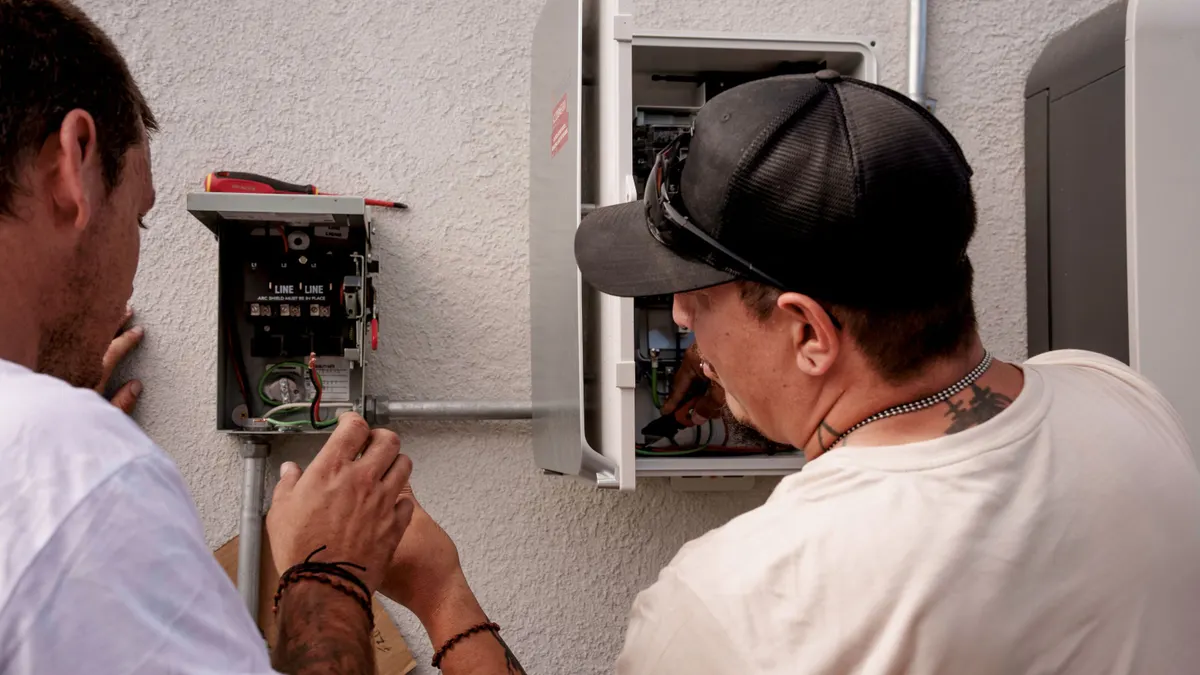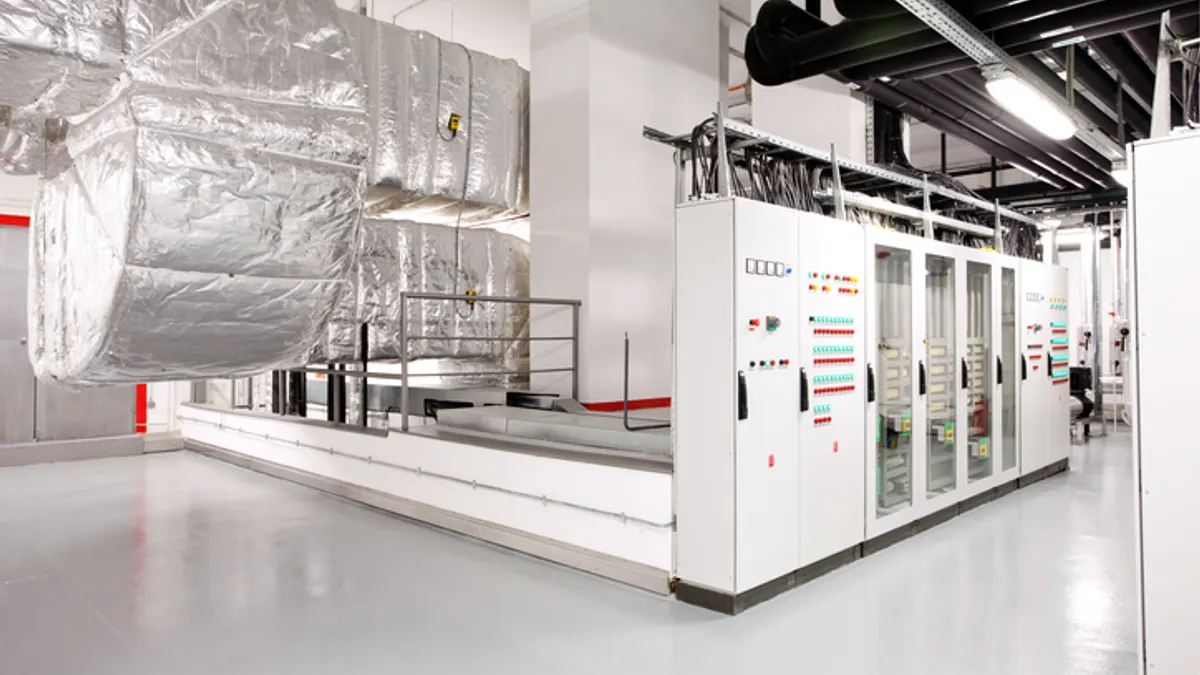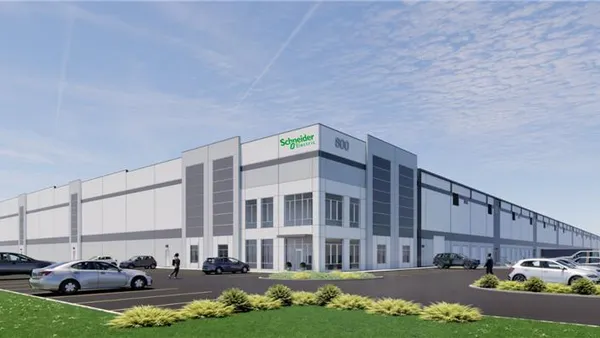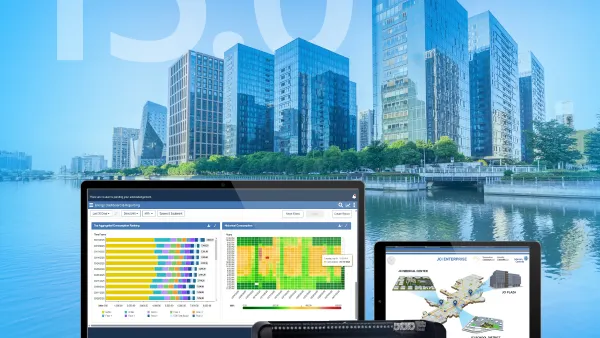Much of the effort to grow adoption of heat pump water heaters has been focused on residential markets but as National Heat Pump Water Heater Day on October 23 approaches, the picture for commercial adoption is looking bright, research shows.
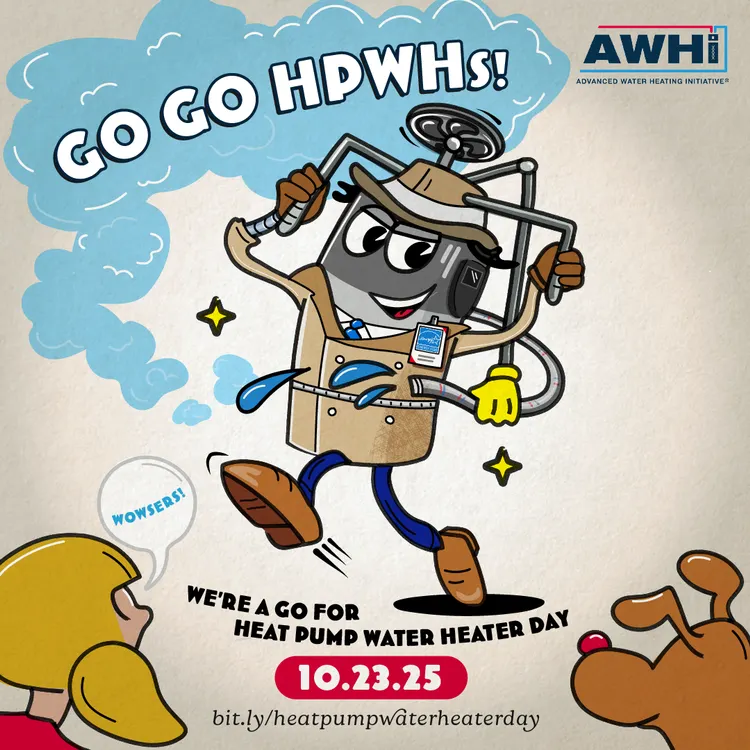
The North America commercial heat pump water heater market was valued at $549 million last year, and it’s expected to grow at a roughly 11% rate to $1.62 billion by 2034, according to Global Market Insights data.
Improved efficiency and reduced emissions are what’s driving efforts to boost adoption. An Energy Star-rated commercial electric heat pump water heater would be expected to save at least 10 MWh annually, with an emissions savings equivalent to removing 1.5 cars from the road per year, the U.S. Department of Energy says.
While demand is growing, fewer than 15% of U.S. commercial buildings have heat pumps, according to a fact sheet by the DOE’s Commercial Building Heat Pump Accelerator, which is working to bring new equipment to market through 2027.
Lack of familiarity and high upfront costs, especially when swapping out a gas or other system, are some of the hurdles to adoption. On the residential side, the percentage of heat pump water heaters as a share of the market remains stuck in the single digits – 2.1% of all water heaters and 3.9% of all electric water heaters in 2023, according to data from the New Buildings Institute.
To boost residential adoption, the Northeast States for Coordinated Air Use Management released an action plan for states and municipalities to drive adoption to 65% of sales by 2030 and to 90% by 2040.
“The vast majority of direct energy use and emissions from residential buildings comes from space and water heating,” says NESCAUM, a coalition of about a dozen states that coordinate efforts to reduce emissions.
Eight HVAC manufacturers, including those that compete in the water heater space like Rheem, Midea, Bosch and Daikin, are participating in DOE’s challenge to ramp up heat pump innovation and several have announced products as a result.
In September, Lennox released a rooftop unit that’s intended for big commercial facilities, and Carrier in June released a residential unit that the company says will operate reliably down to -23 Fahrenheit with 100% heating capacity at 0 degrees Fahrenheit. On Tuesday, Bosch released a heat pump under the York brand name that the company says can provide performance down to -10ºF (-23.3ºC).
“We approach advanced technology development with the intent to deliver practical, real-world solutions,” Prakash Bedapudi, Lennox’s chief technology officer, said when the company announced its commercial unit.
The companies haven’t announced whether, or how, they’ll apply their cold-weather solutions to their water heater lines, but research the companies are doing suggest they see long-term growth in a heating and cooling ecosystem that’s powered by electric heat pumps, not gas and other traditional systems.
“The industry [is accelerating] a market shift that was already underway,” David Rames, senior product manager at Midea, told Facilities Dive in August. “Moving forward, adoption will hinge on ease of retrofit, available incentives and system longevity – areas where modern heat pumps now outcompete traditional gas-based systems.”


